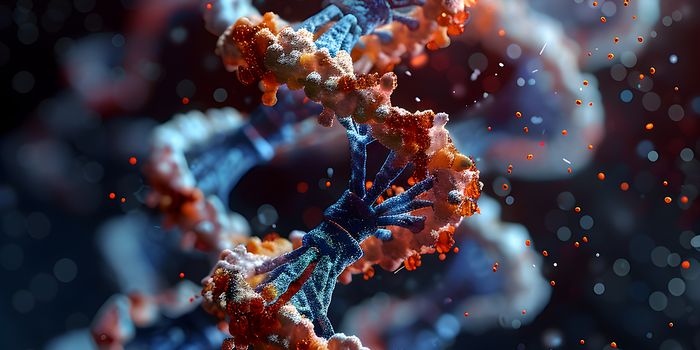Scientists from the University of Freiburg published in the
Journal of Experimental Medicine their findings of protein Kidins220/ARMS present in B lymphocytes. The protein was discovered in the past couple of years to be present in T lymphocytes and nerve cells, but the Freiburg study was the first to show its existence in B lymphocytes.

Cell signaling between a B cell receptor (BCR) and antigens present on the surface of pathogens invading the body is a key process for the production of antibodies. This new study showed how Kidins220/ARMS protein interacts with the BCR by regulating signaling pathways between the receptor and the interior of the cell. Without Kidins220/ARMS, B lymphocytes would not be able to make as many antibodies to fight off infection, weakening the entire force of humoral immunity.
Kidins220/ARMS was also found to directly impact B cell production. In experimental mice that did not produce the protein, "the deficiency obstructed the development of B cells."
"This knowledge could help to develop new medications for autoimmune diseases or other illnesses in the future," notes Dr. Wolfgang Schamel, an immunobiologist involved in the study.
In 2011, the
European Journal of Immunology published results of Kidins220/ARMS protein discovered in T lymphocytes. In this environment, Kidins220/ARMS is a "novel component of the regulation of T cell moitlity, and essential process for the immune response." Unlike B cells and humoral immunity, T cells are involved with cell-mediated immunity. This includes the release of cytokines and activation of B cells, cytotoxic T cells, and phagocytes.
Similarly in
Cell Death and Differentiation, Kidins220/ARMS was shown to regulate neurotrophin and vascular endothelial factor. These are proteins important to the survival, development, and function of neurons and blood cells, respectively.
Watch the Khan Academy video below to learn more about the understanding of B cell production and development.
Source:
Science Daily










